#Russian Artists
Explore tagged Tumblr posts
Text

Sergei Lodygin (1893-1961), 'Искушение' (Temptation) 1920
#Sergei Lodygin#Sergei Petrovich Lodygin#russian artists#temptation#art nouveau#vintage illustration#vintage art
4K notes
·
View notes
Text







↪[Favourite artists 17/???] Viktor Mikhaylovich Vasnetsov | Ви́ктор Миха́йлович Васнецо́в, (15 May 1848 – 23 July 1926) Nationality: Russian. Movement: Peredvizhniki, History painting, Symbolism.
#Knight#Russian Folk art#Russian Artists#Knights#Historical Paintings#History Painting#Peredvizhniki#Symbolism#Paintings#Viktor Mikhaylovich Vasnetsov#Viktor Vasnetsov#Ви́ктор Миха́йлович Васнецо́в#Folk Art#snow#nature#monsters#hydra#dragon#snow maiden#Fav Artists#wolves
30 notes
·
View notes
Text

Prisoners, Stalingrad (1943), photographed by Galina Sanko.
#black and white#photography#Galina Sanko#russian artists#female artists#1940s#snow#stalingrad#patheticesque#palava#most noticed
81 notes
·
View notes
Text

© Olga Dugina (Russian, b. 1964) and Andrej Dugin (Russian, b. 1955) • The Brave Little Tailor (Detail) • Private collection
www.duginart.com
#illustration#art#illustrator#illustrator team#contemporary illustration#russian artists#brothers grimm#fairytale illustration#olga dugina#andrej dugin#sassafras and moonshine blog#illustration blogs on tumblr
20 notes
·
View notes
Text
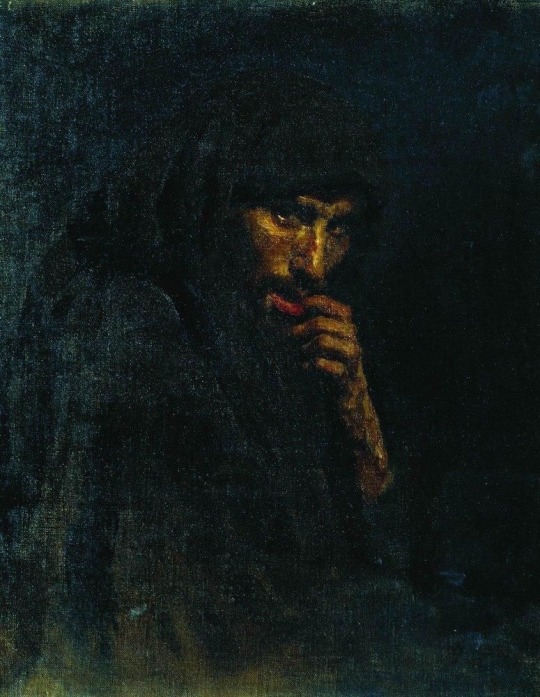
Ilya Repin, Judas, 1885
12 notes
·
View notes
Text
Я наконец открыла комишки , еее 🤟🤟🤟
I finally opened the commissions , YEAHHH 🤟🤟🤟
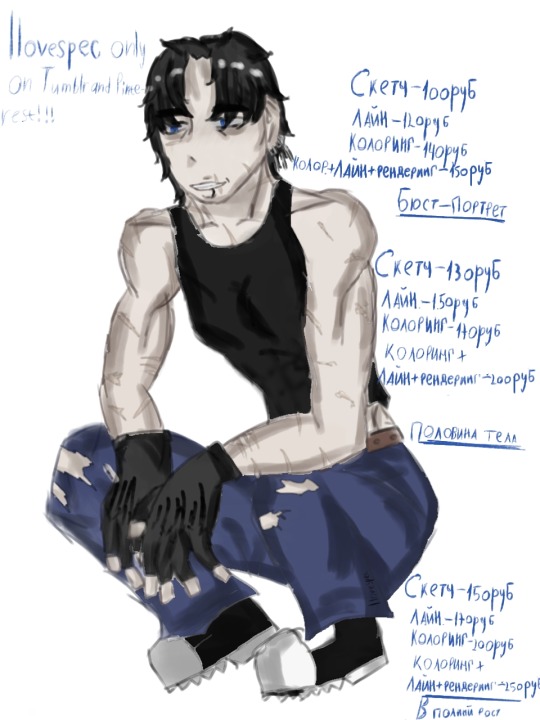
✅ Персонаж даже в нижнем белье
✅ Детализированные персонажи + 20 % к сумме персонажа
✅ дедлайн 2-3 дня
✅ Отвечаю чаще всего вечером
✅ Gore в легкой форме
✅ При наличии двух и более персов , к бюсту - портрету + 20 % к сумме от первого п��рсонажа , к половине тела + 30 процентов к сумме от первого персонажа , и + 40 % к сумме в полный рост от первого персонажа к сумме.
❌ Голые персонажи.
❌ Фурри.
❌ Лоликон.
❌ Порнуха.
❌ Слишком сильное gore (расчленёнка)
К подробностям обращайтесь ко мне в личку 🤟🤟
#commissions#комишки#русский художник#artists on tumblr#art#i do not know what to write#character#oc#oc's#yandere#digital art#yandere character#female yandere#fem yandere#commissions open!!!#я тупая#russian artist#russian artists#russian writer#russian#lesbian#lesbian yandere
19 notes
·
View notes
Text
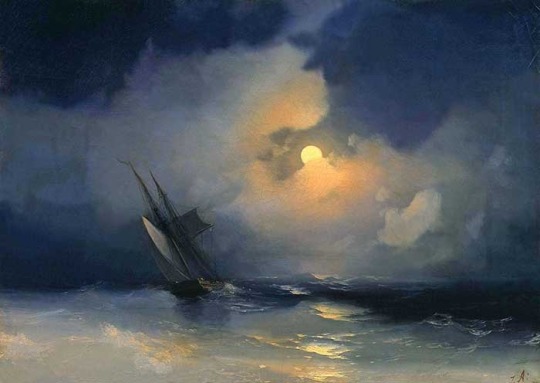
Ivan Aivazovsky
Storm at Sea on a Moonlit Night
1866
#ivan aivazovsky#armenian art#Armenian artists#russian artists#russian painter#seascape#stormy sea#moonlight#moon#romantic style#sea view#ocean waves#art history#aesthetictumblr#tumblraesthetic#tumblrpic#tumblrpictures#tumblr art#tumblrstyle#artists on tumblr#tumblrposts#aesthetic
134 notes
·
View notes
Text

#falconry#russian artists#russian art#artwork#artists on tumblr#art#oil painting#painting for sale#historical painting#history#painting#valery glotov#russian history
13 notes
·
View notes
Text
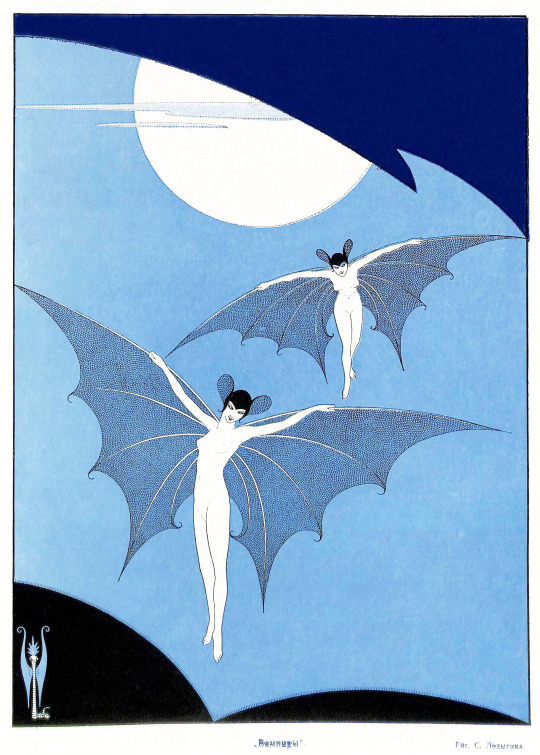
Sergei Lodygin (1893-1961), 'Вампиры' (Vampires), ''Столица и усадьба'', #68, Oct. 15, 1916
#Sergei Lodygin#Sergei Petrovich Lodygin#russian artists#art nouveau#vampires#vintage illustration#vintage art#spooky season
2K notes
·
View notes
Text

ncradle, Philipp Igumnov, 2019
#art#collage#philipp igumnov#russian artists#2010s#gif#animation#i want one for my desk#woodcum#oddities#suspension#boys keep swinging
172 notes
·
View notes
Text

Olga Antonova - Silver Teapot on Floral Blue, n.d.
31 notes
·
View notes
Text

Diver (1960), photographed by Lev Borodulin.
#black and white#photography#olympics#diver#around the fur#the same deep water as you#Lev Borodulin#russian artists#1960s#patheticesque
6 notes
·
View notes
Text

Olga Suvorova, "The Paradise" (oil on canvas)
9 notes
·
View notes
Text

Die Leidende Stadt (City of sorrow)
ca.1930,tempera on paper mounted on cardboard, 89 x 72.5 cm
Marianne von Werefkin (Russian,1860-1938)
4 notes
·
View notes
Text
instagram
【值得收藏worth collecting】 俄羅斯藝術家-羅曼布汀(Roman Booteen)他雕刻的精美巧妙之錢幣 Movable Mechanism Holy Grail Coin Hobo Nickel Morgan Dollar "Roman Booteen" Wandering Removeable Sword Magic Coin
以摩根銀幣為雕刻對象的作品,其直徑是3.8厘米,厚2.4毫米,畫面有著濃濃的中世紀風。 它的主體是一位騎士和一位女士,雕刻獨特精美。背面的圖案則保持不變;但它藏有機械機關甚是巧妙,就隱藏在騎士腰間的劍上,將這把劍拔出來之後,插入硬幣頂上的一個小凹槽中,就可以打開銀幣正面的窗戶,露出硬幣夾層中暗藏的黃金聖杯。
youtube
12 notes
·
View notes
Text

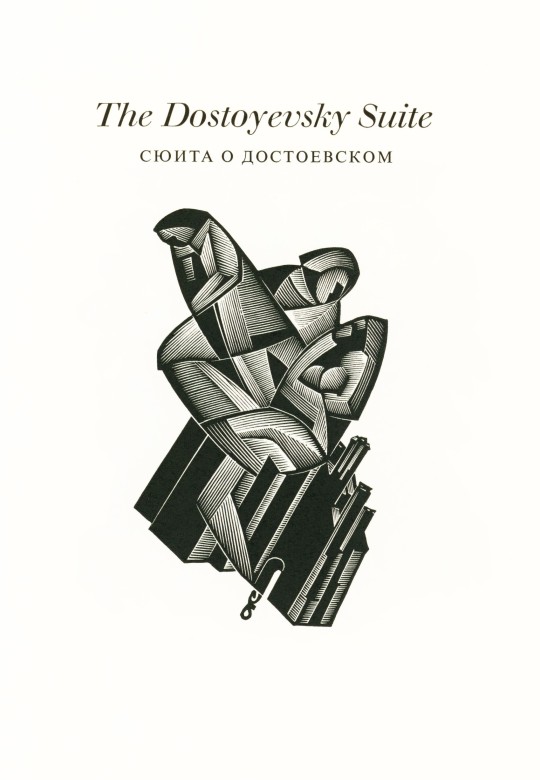
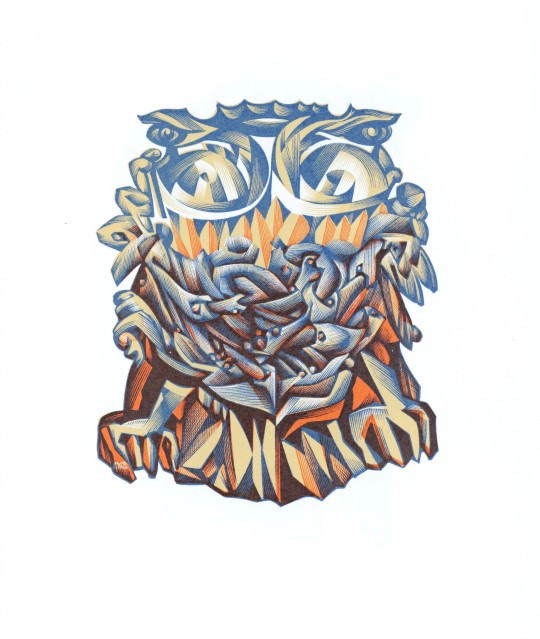
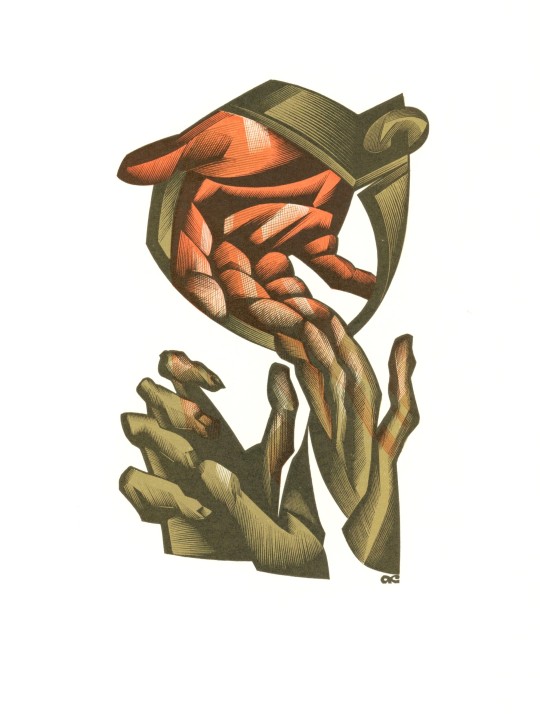
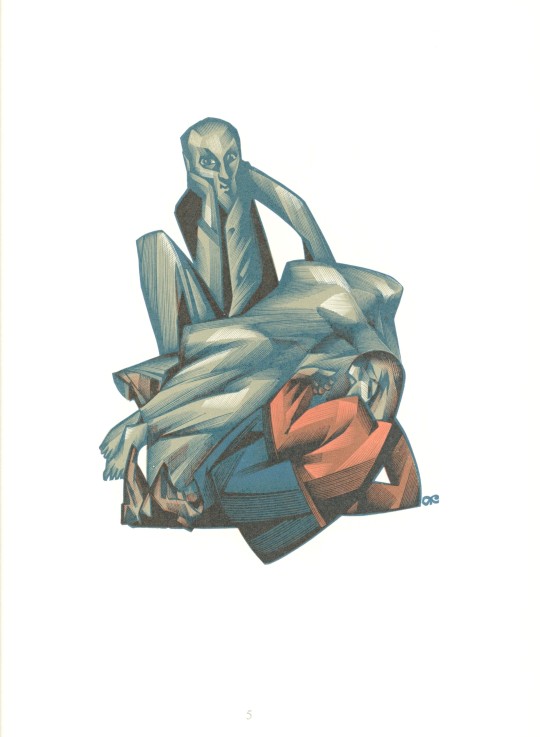


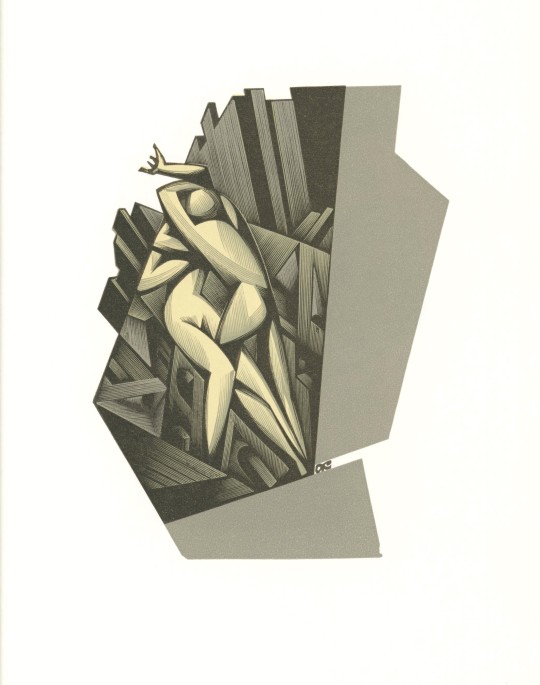
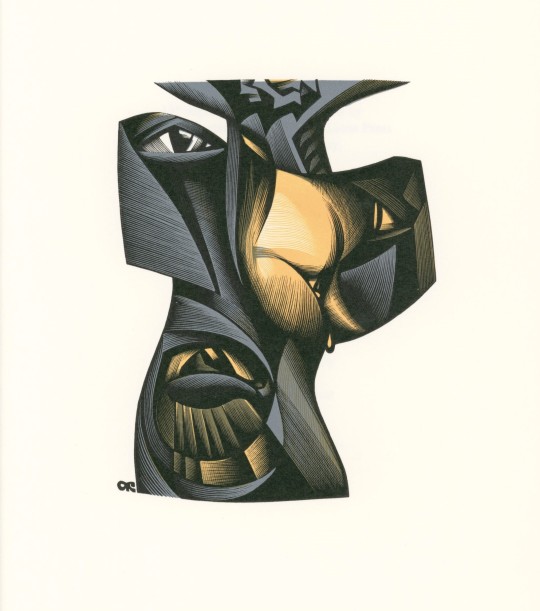
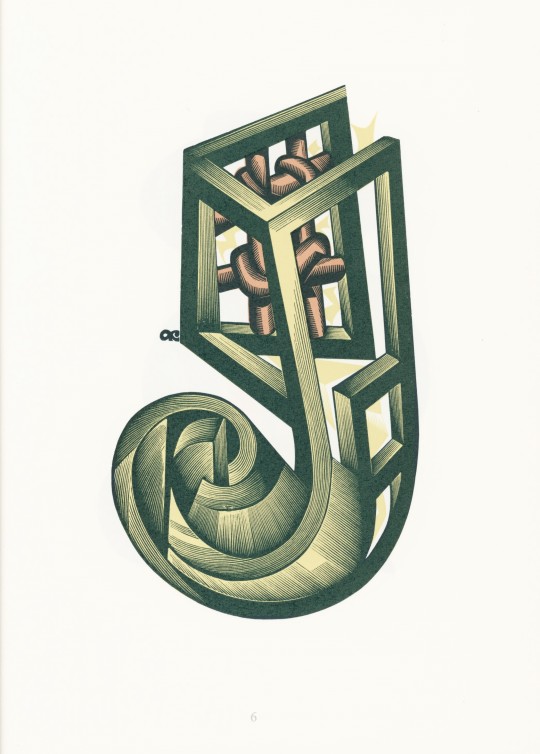
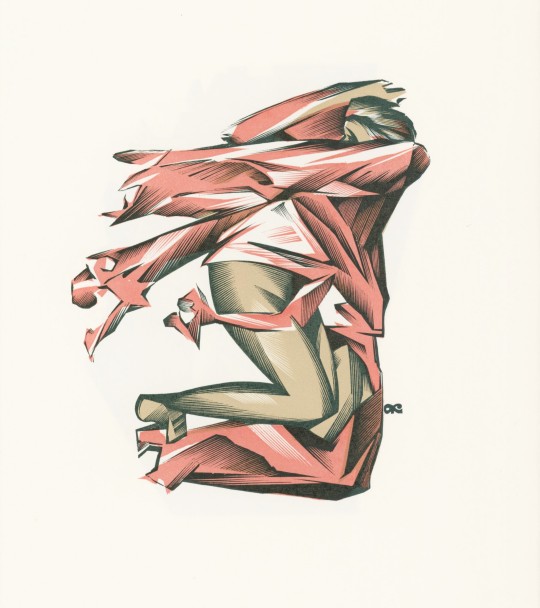
Wood Engraving Wednesday
In 1994, Sebastian Carter (b. 1941) of the Rampant Lions Press in England printed a suite of original color wood engravings that the Soviet-era Russian graphic artist Anatoly Ivanovich Kalashnikov (1930-2007) had produced in response to the works of Fyodor Dostoevsky. They were printed for the London publisher Primrose Academy as The Dostoyevsky Suite, with an introduction by the noted jurist, educator. bibliophile, and bookplate collector William Elliott Butler (b 1939) in an edition of 135 copies signed by Butler and Kalashnikov.
Kalishnakov is most well-known for his engravings for postage stamps and bookplates. In his early years, Kalashnikov was deeply steeped in Soviet social realism, but broke with that style in the late 1960s to produce this suite of abstract wood engravings. Butler writes:
Kalashnikov's engravings . . . were deemed to be too subjective and abstract for publication. The engravings appear here for the first time in their proper colours. The technologies available in Moscow never permitted the artist to achieve the full artistic impression which he intended. A small unnumbered edition circulated underground amongst friends. . . . the engravings quietly brought Kalashnikov a formidable reputation in the artistic and literary circles. . . . The engravings were not conceived as illustrations for Dostoyevsky's books. Rather they stand as autonomous graphic expressions inspired by those works. . . .
Our copy is another donation from the estate of our late friend Dennis Bayuzick.
View other books from the collection of Dennis Bayuzick.
View more posts with wood engravings!
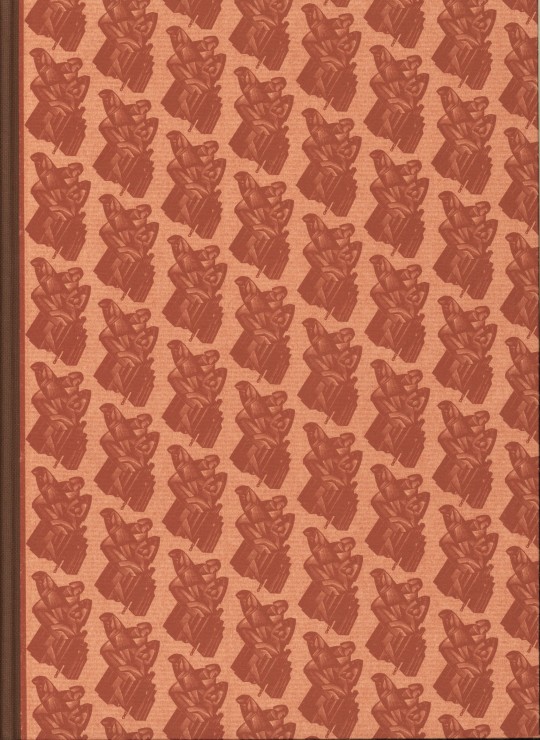
#Wood Engraving Wednesday#wood engravings#wood engravers#Anatoly Ivanovich Kalashnikov#Sebastian Carter#Rampant Lions Press#Fyodor Dostoevsky#The Dostoyevsky Suite#William Elliott Butler#Primrose Academy#Russian artists#Russian wood engravers#Dennis Bayuzick
29 notes
·
View notes